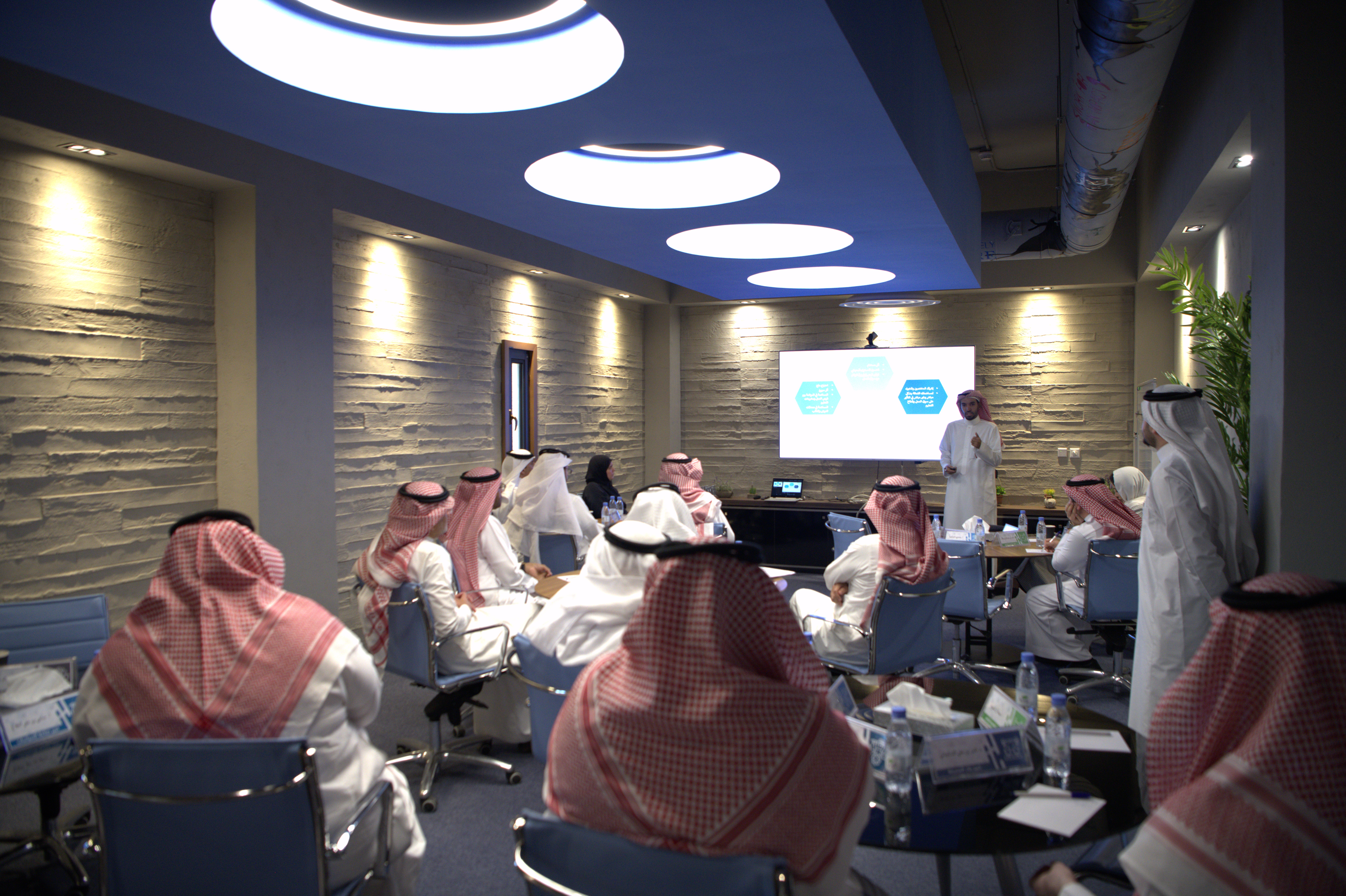
In today's dynamic business world, companies and institutions face constant change that requires ongoing adaptation. Changing work environments can take many forms, such as relocating offices, restructuring the organization, experiencing leadership transitions, or implementing other shifts that impact workflows and culture. In these fluctuating environments, crisis management is critical to an organization's success and longevity.
Crisis Management in Changing Work Environments:
Crisis management refers to the strategic process that organizations employ to address urgent issues threatening sustainability and workflow disruption. Potential crises include managerial changes, staffing shortages, and workplace transformations. Effective crisis management necessitates clear direction, adaptability, and swift, well-informed decisions.
Crisis management proves especially valuable in changing environments for several key reasons. It helps curb negative impacts, reduce potential losses, and bolster adaptability and continuity despite shifting challenges. Additionally, crisis management builds employee confidence in the organization and motivates cooperation and productivity during times of upheaval.
Common crisis management tactics include preparing contingency plans for potential crises, forming rapid response teams, analyzing risks and projections, implementing preventative and safety measures, enhancing internal and external communications, and evaluating effects and rehabilitation post-crisis.
While crises present difficult hurdles, they also provide learning and development opportunities. Organizations can leverage crises to strengthen operations and uncover new growth prospects, capitalizing on lessons learned to foster collaboration and esprit de corps among employees when facing shared obstacles. Over time, this cultivates an organizational culture characterized by resilience and flexibility.
Examples of changing work environments include:
The impact of organizational culture:
Additionally, an organization's culture significantly impacts how employees respond to change management and crises. Cultures emphasizing transparency, trust, and teamwork tend to elicit positive cooperation to overcome crises, whereas environments characterized by fear and uncertainty may undermine adaptability and innovation during times of upheaval.
On an individual level, effectively managing personal changes parallels the need for companies to proactively prepare for transitions in the workplace. A systematic methodology can smooth both personal and organizational navigation of inevitable changes. Here is a simplified model of the methodology for dealing with changes.

The model provides a framework for effectively implementing change in a way that fosters integration and maintains organizational balance. When an unforeseen crisis arises, leaders refer to this model to thoughtfully revise requirements and drive the changes necessary to overcome the crisis while minimizing disruption.
Skills Developed in a Period of Rapid Change:
Even unexpected crises can present learning opportunities. Facing a sudden challenge often compels us to quickly cultivate skills we may not have realized we needed. Some of the key competencies that frequently emerge during times of turbulence include:
Essential Skills for Managing Through Adversity
To best prepare for times of challenge, it is imperative to develop certain core competencies in advance. Becoming adept at the following will help one stay poised when facing difficulties head on:
Mastering these competencies will better position one to take a proactive, resilient stance when difficulties inevitably emerge.
Changes in the work environment on the personal level
We should adopt positive attitudes towards challenges, focus on solutions rather than problems, enhance our mental and psychological resilience through exercise and meditation, and maintain balance in our lives. Crises require leadership, continuous preparedness, and an open mindset ready for change so that we can effectively manage them, turning difficulties into opportunities for growth and learning for the organization and individuals.
Job burnout can occur in changing work environments as employees expend significant effort resolving crises but eventually lose energy and enthusiasm for regular duties. This highlights the importance of prioritizing mental well-being during times of change to achieve professional success.
Here's a short quiz to reveal if you're suffering from job burnout.
Many companies have navigated periods of transformation in their work environments. One such organization is a leading environmental solutions and sustainability firm. The company provides waste recycling and environmental remediation services to businesses and communities using advanced technologies and innovations.
The company unexpectedly faced a crisis when environmental regulations changed, imposing new, stricter requirements. This disrupted operations and increased pressure on teams. Leadership and some staff transitioned without relevant experience.
Rather than surrendering, the company addressed challenges proactively. An internal task force of subject matter experts analyzed impacts and developed an integrated action plan aligning operations with new rules. Comprehensive training educated all employees on changes and skills needed to overcome current and future hurdles.
Transparency and communication ranked highly. Regular meetings informed staff of changes, challenges, and solicited opinions and ideas. Leadership listened to concerns and encouraged participation.
Performance gradually improved as teams diligently achieved goals and complied with regulations. Ongoing evaluations ensured continuous betterment.
Through unity and cooperation, the company overcame adversity and restored equilibrium. It continues innovating environmental services, exemplifying resilience and adaptation within its industry.
Valuable experience taught the organization to anticipate legal evolutions and customer needs through ongoing learning and development. Where some see only difficulties, visionaries find opportunities. Determination and challenges can generate success when met with strategic thinking, internal collaboration, and external partnerships.